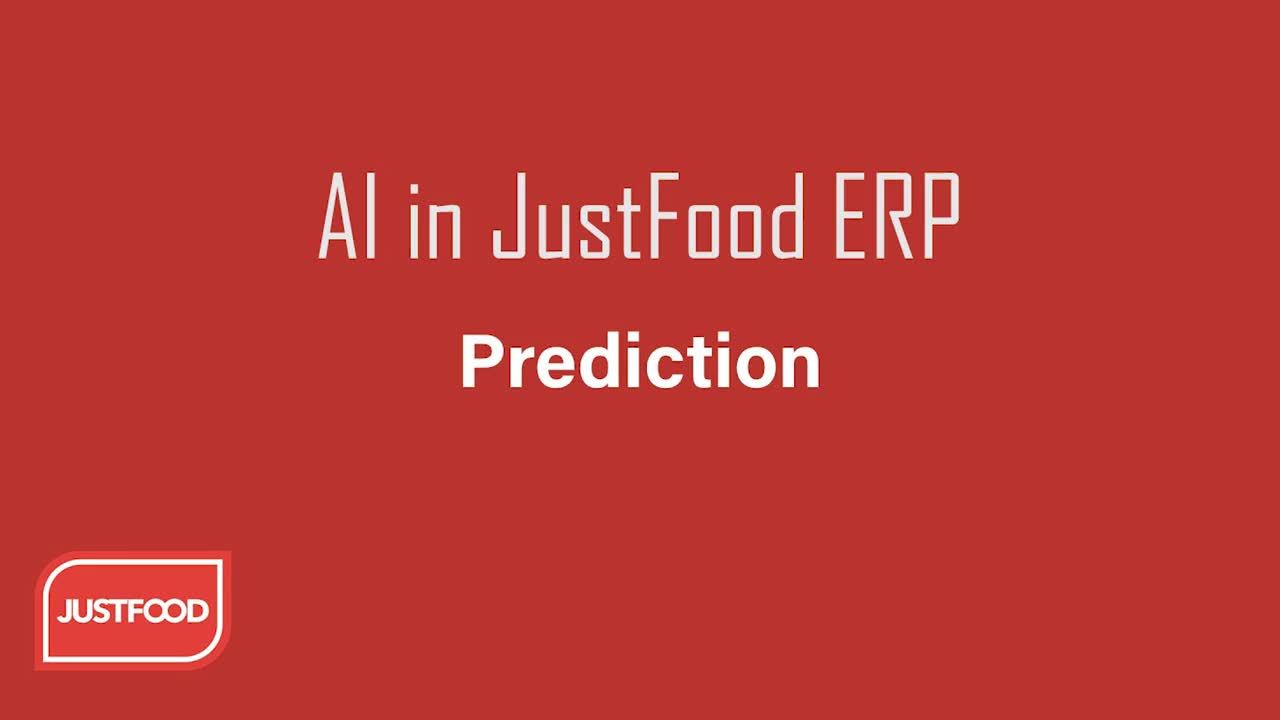Microsoft Artificial Intelligence (AI) helps food businesses better analyze their data and make connections they weren’t able to make before. This new insight translates to a new way of doing business; you’re able to use more data in new ways. Prediction intelligence is one of the most powerful tools garnered from AI technology, as it offers so much potential and opportunity in terms of business growth.
So, how does it work? AI makes connections between the data in your system and helps identify the potential financial bottlenecks impacting your business. For food manufacturers, the cost savings opportunities here are huge.
AI prediction technology could benefit your business in three big ways:
1. Predictor on Late Payments
AI makes intelligent decisions based on your previous digital interactions with your clients. Let’s say you sell a specific product to a particular customer every month. And every single month, they’re late with their payments. AI can recognize that, and based on the data in the system, it can deliver a confidence level as to whether or not a particular payment will be paid on time.
For so many businesses, it’s not until after a customer misses a payment do they realize their cash flow is a bit short. But not with AI. When a customer makes an order, the late payment predictor analyzes the data to see if that customer typically pays on time. You then have the ability to pass that information onto accounts receivable so they can follow up with that customer before they’re late with their payment rather than after.
2. Predictor on Purchasing
AI can also help you solve problems before they even occur. AI has the ability to tell you whether the quality of flour from an individual vendor, for example, generally arrives late or is of lower quality than others.
AI is assessing the data based on years of past purchase orders so that the purchaser can make the best decision with all of the information. Maybe he/she orders more flour from another vendor for quality purpose or he/she shifts vendors because there’s a higher percentage that the order will be delivered in a timely manner. AI uses previously entered data to analyze patterns and connections with the purchases your company makes, encouraging you to be proactive rather than reactive in your purchasing orders.
3. Predictor on Repacking in Warehouses
In warehouses, orders are often sent down to the floor for picking and shipping in waves, and groups of orders are selected at different points throughout the day. Generally, there’s a cut off time for shipping to make sure orders are picked, packed, and shipped per the delivery schedule.
AI analyzes which customers tend to make changes and how frequently they make those changes. If an active order is flagged to have a high prediction of changes, for example, that order could be shifted to a later wave rather than in one of the first waves. This prevents things from slowing down on the floor; your employees will eliminate redundant work, and your customers are happy because their order is still on time, and it’ll be correct, even with those last-minute changes.
AI can make accurate, data-supported predictions. It’s a little bit like reading the future: AI allows you to stop a problem before it occurs because AI used the data you entered to predict that there was a high likelihood that something could go wrong to begin with. Imagine the cost savings associated with that.
Want to learn more? Watch the video below to see how the JustFood AI can help food organization make better predictions.

Ready for a specialized food ERP? Learn more about Aptean Food & Beverage ERP JustFood Edition — a solution purpose-built to solve your challenges and propel your food business and digital transformation to the next level.